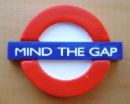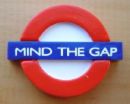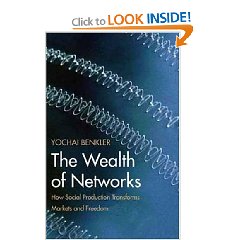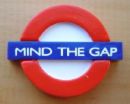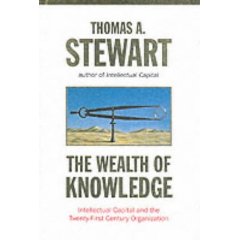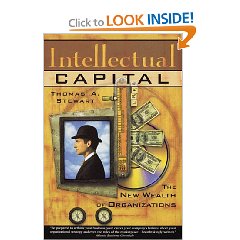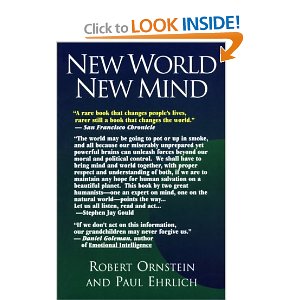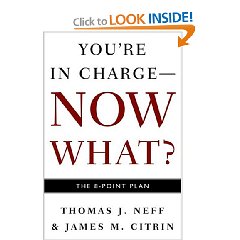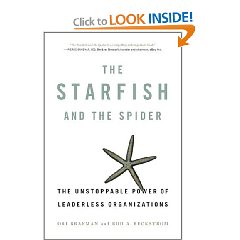
Compelling and Sensible, Offers Hope in Face of High-Level Threats,
From a business and governance perspective, the book is valuable in emphasizing that any endeavor based on information will improve with decentralization–more dots will be captured, shared, understood, and acted on in a timely fashion. I have been saying for over a decade that in the age of distributed information, central intelligence is an oxymoron, something the Central Intelligence Agency, my former employer, simply refuses to believe.
I listened to Al Gore last night on Global Warming, in Boise, Idaho–10,000 people who gave him multiple standing ovations, and I plan to listen to George Bush on Iraq tonight. Al gets it, George does not. Centralized systems cannot defeat decentralized systems. Al Gore is leading a massive global campaign to get all of us to change the planet from the bottom up, while George (or Dick Cheney, depending on who you think actually runs the place) is deepening America's loss of global standing and moral stature at the same time that he is bankrupting the treasury and destroying the Armed Forces–and planning a conventional attack on Iran at the same time. One of these guys is sane, the other is a nutcase. The good news is that decentralized morality can triumph over centralized corruption, and that is the back story on Al Gore's emergence as a virtual Earth Leader.
The authors offer us a number of gems and conclude with ten rules I will list below.
The key point is that a distributed brain or organization is more resilient and more likely to pick up weak signals. Distributed consensus is both scalable and sustainable, while centralized coercion is neither.
The authors place great emphasis on the importance of a spiritually-compelling ide[a]ology as the glue that helps decentralized organizations adjust to external and internal challenges much faster and with greater precision (as well as fewer resources) that any centralized system can manage. The “catalyst” model (Al Gore) is compared with the “commander in chief” model (George Bush) and there is no doubt at all which is the superior model for addressing today's complex high-level threats.
Indeed, it may be that between state secessions and popular boycotts of corporations using the federal government to pick people's pockets, that the Internet could create a form of global self-governance that makes the Federal government largely irrelevant, while re-directing funds from waging war to waging peace. That is the next big step. The authors specifically say that the price of software is declining toward zero. It will be content, sense-making, and what IBM calls “services science” that will add value and be marketable.
The authors describe Amazon and E-Bay in very favorable terms, and as hybrids with a centralized infrastructure for delivering services, but a vast decentralized network of customers who are also “prosumers” (Alvin Toffler's term) creating value on the network with their reviews and buying patterns. The authors' phrase “decentralized creativity and centralized consistency” jumped out at me.
The ten “rules” (better described as guidelines) are:
01 Diseconomies of scale
02 Network effect
03 Power of chaos
04 Knowledge at the edge
05 Everyone wants to contribute
06 Beware the hydra response
07 Catalysts rule
08 *Values* are the heart of any organization or network
09 Measure, monitor, and manage
10 Flatten or be flattened
Overall, this is a very fine book. I also recommend the emerging literature on the “true cost” meme and on natural capitalism, demonstrating that a proper understanding of the true and long-term costs of any product or service actually makes businesses more profitable and more sustainable.
I have added an image I created in the 1990's when I first started advocating Open Source Intelligence (OSINT), today I am focused on a non-profit, the Earth Intelligence Network, whose objective is to empower individuals and communities with public intelligence in the public interest. This book gave me hope, gave me a sense that we can indeed come together as a global network, and displace the authoritarian and corrupt governments that have been bribed by corporations to loot our commonwealth.

